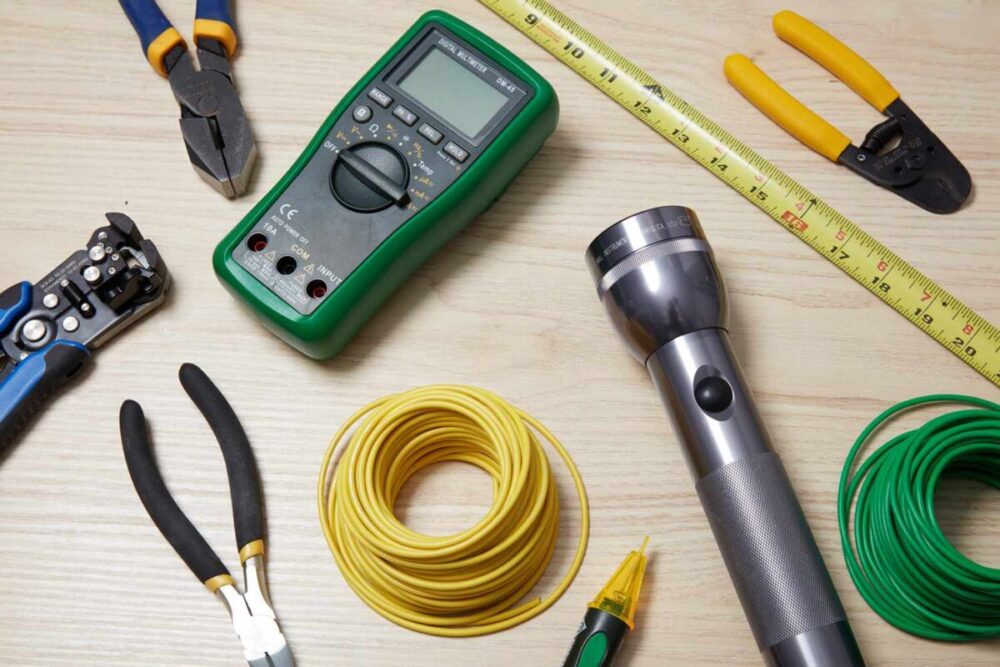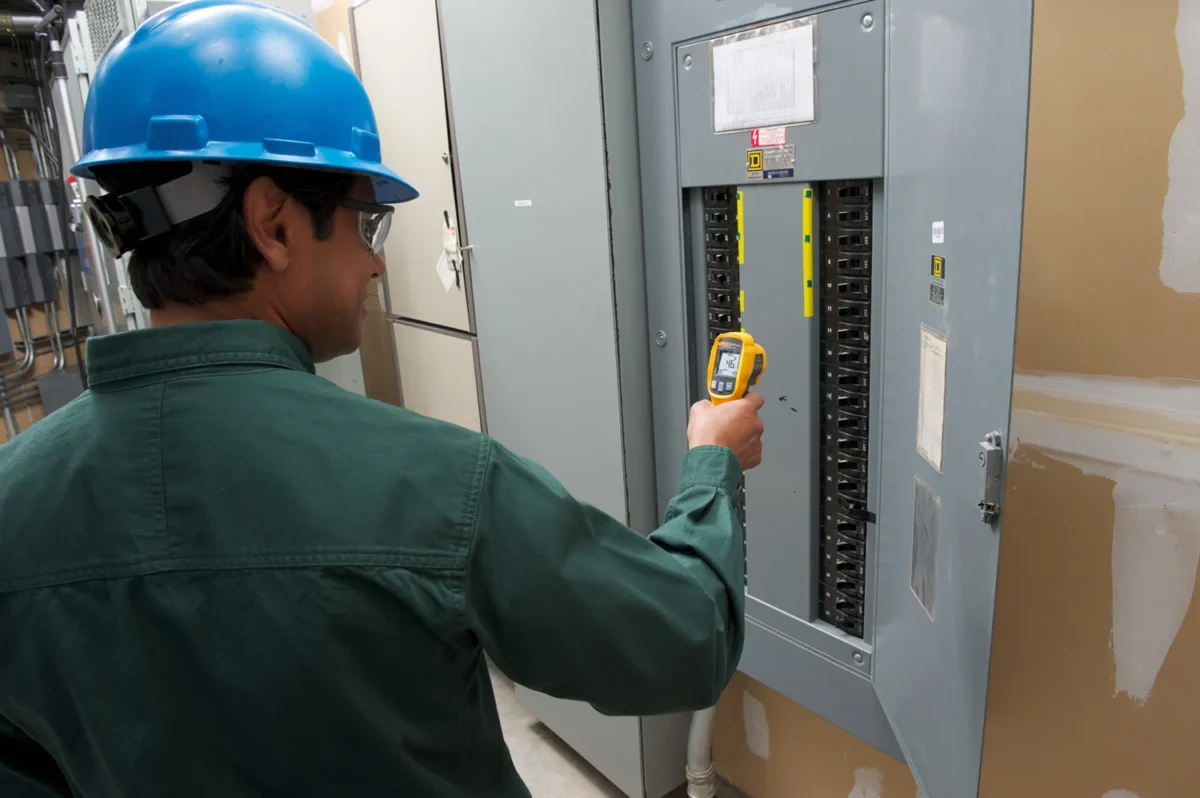
Stepping into your newly built residence feels like a dream come true, a place you can truly call your own. However, a new home may occasionally play host to surprises, including potential electrical issues. As a homeowner, understanding how to detect and tackle such challenges can save you a great deal of time and money. Today, we delve into the vital world of spotting and fixing electrical glitches, simplifying the process so that even a novice can feel confident in managing these tasks.
Conducting a Basic Electrical Inspection
There’s something satisfying about performing an initial electrical survey in your new home. Taking control in this way allows you to uncover any hidden electrical anomalies that may be lurking beneath the surface. First, take a visual tour of your home, paying attention to exposed wires, loose outlets, and other apparent issues. Make a note of anything that seems out of place or unsafe, remembering that even minor problems can quickly escalate if left unresolved.
After performing a general walk-through, it’s time to dig a bit deeper. Evaluate your home’s electrical panel: is it up-to-date and code-compliant? Are there any apparent signs of deterioration or malfunctioning breakers? If your home includes a basement or attic, check for outdated or damaged wiring that may be hidden from view in these areas. Remember, an exhaustive snagging inspection now can prevent substantial problems down the road.
Identifying Common Electrical Issues

Not all issues wear the same face. Electrical complications can take many forms. For example, you may notice that your appliances aren’t working optimally or that some power outlets remain unresponsive. More troubling signs could include persistent main switch or circuit breaker trips or frequent bulb burnouts. These situations usually suggest deeper electrical problems that need immediate attention.
Armed with a better understanding of potential issues, you can pinpoint the root causes. For instance, if an appliance is underperforming, the culprit could be low voltage. Unresponsive outlets might suggest a tripped circuit breaker, while persistent breaker trips could indicate an overloaded circuit or a faulty breaker. And if you find yourself frequently replacing light bulbs, this may be a sign of excessive voltage or poor-quality bulbs. Knowledge, in these cases, is indeed power.
Safety Precautions and Electrical Hazards
Now that we’ve explored how to identify potential issues, let’s turn to safety. Always keep in mind that electricity is both a servant and a potential hazard. When conducting electrical inspections or attempting fixes, wearing safety gloves and rubber-soled shoes can protect you from electric shock. You should also avoid working in wet areas or touching any wires without first ensuring the power is off.
Never underestimate the importance of understanding your home’s electrical layout. Locate your main electrical panel and familiarize yourself with its breakers or fuses. Each one corresponds to a specific circuit in your home. In case of an emergency, quickly shutting off the power can prevent serious harm. Equally vital is the knowledge of your local electrical codes. Compliance with these regulations not only ensures safety but can also save you from hefty fines.
When to DIY and When to Call a Professional
Enthusiastic DIYers can find plenty of satisfaction in tackling minor electrical issues. Loose outlets, faulty switches, and replacing old wiring are all tasks that a competent amateur can safely handle. Before embarking on a DIY mission, however, ensure that you have a solid understanding of the task at hand and follow all safety guidelines. Not every job should be a DIY one; sometimes, the potential risks outweigh the benefits.
There are moments when it’s prudent to let an expert handle the situation. Anything involving the main electrical panel, upgrading your home’s electrical system, or diagnosing complicated wiring issues typically calls for a professional electrician. Remember, they are equipped with specialized training and experience. So, if you’re unsure about a project or if a DIY attempt doesn’t resolve the issue, don’t hesitate to enlist the help of a professional.
Tools Needed for Electrical Troubleshooting

So, you’ve decided to roll up your sleeves and tackle some electrical problems yourself. To do this efficiently, you’ll need the right tools. A voltage tester is indispensable, helping you determine whether wires or outlets are live before you touch them. Additionally, a wire stripper is crucial for removing insulation without damaging the wire itself.
Screwdrivers, pliers, and electrical tape should all be part of your toolbox. A multimeter, too, can prove extremely useful. This tool measures voltage, resistance, and current, providing valuable insights when diagnosing issues. Armed with these tools, you’ll be well-prepared to tackle the most common electrical problems.
Troubleshooting Circuit Breaker Problems
A home’s circuit breakers are like its electrical heartbeat. When they function smoothly, everything is fine; but when they falter, the whole system can suffer. If you find a breaker that trips frequently, first try disconnecting some appliances to reduce the load. If this doesn’t solve the problem, the issue might be a faulty breaker that needs replacing.
On the other hand, you might encounter a circuit breaker that doesn’t reset. In this case, first, ensure that you’re following the correct resetting procedure: switch the breaker completely to the ‘off’ position before switching it back to ‘on’. If it still doesn’t reset, the issue might lie with a short circuit or ground fault in one of your appliances or fixtures. This is a more serious problem and may require professional help to resolve.
Addressing Outlet and Switch Malfunctions
Even in new homes, outlets, and switches can cause headaches. If you find an outlet that’s not providing power, first check your circuit breakers. A tripped breaker could be the simple cause. If the breaker is fine, the outlet might be worn out or wired incorrectly, requiring replacement or a wiring fix.
Switches, too, can go rogue. If a switch doesn’t operate a light or an appliance, it may be due to a loose connection, a faulty switch, or even a burned-out light bulb. While replacing a bulb is simple, repairing a loose connection or replacing a switch can be a bit more complicated but is usually within the capabilities of a competent DIYer.

Final Words
Embarking on a journey as a new homeowner is exhilarating, filled with anticipation and promise. Yet, it’s essential to recognize that even in brand-new homes, electrical issues may arise. Being well-equipped to spot and resolve these snags not only ensures the smooth running of your home but also contributes to the safety of you and your loved ones. Remember, when in doubt, seeking professional help is never a bad idea. Here’s to a bright and safe future in your new home!








